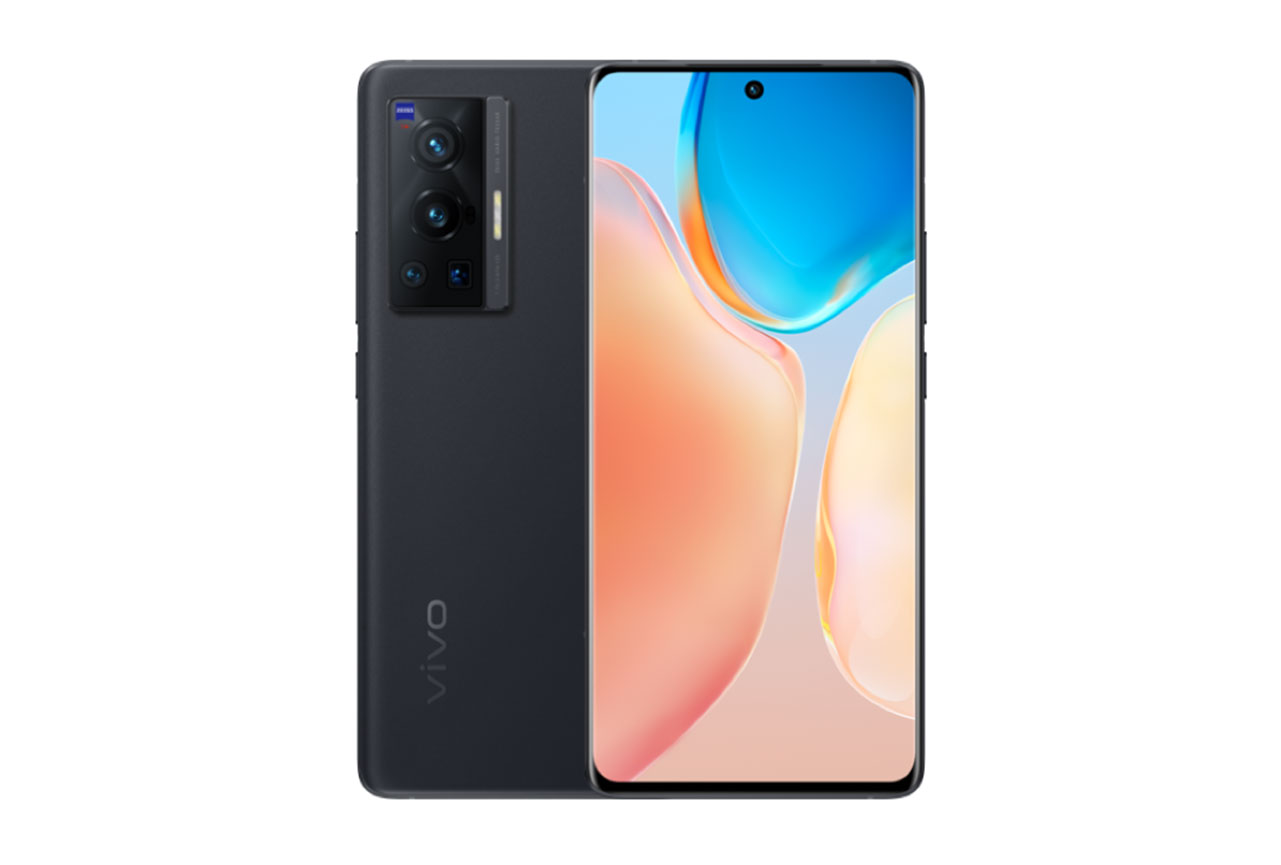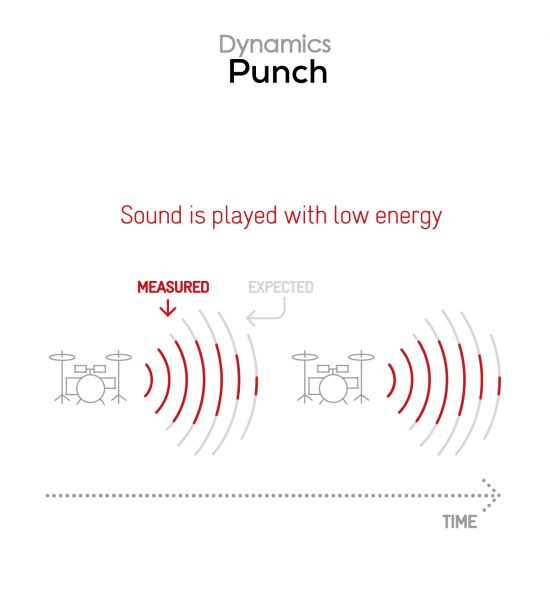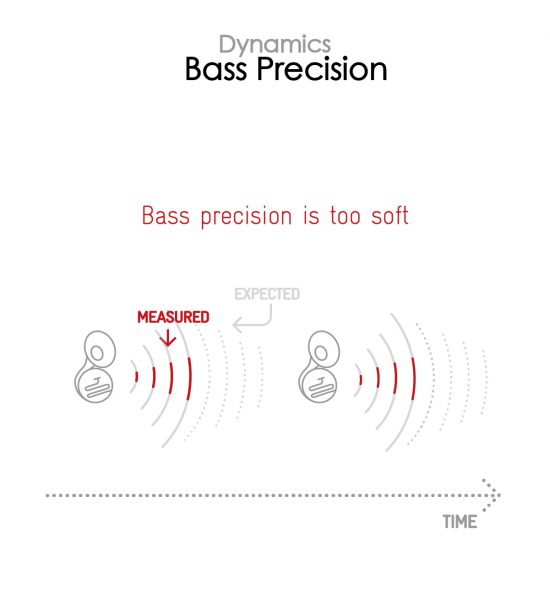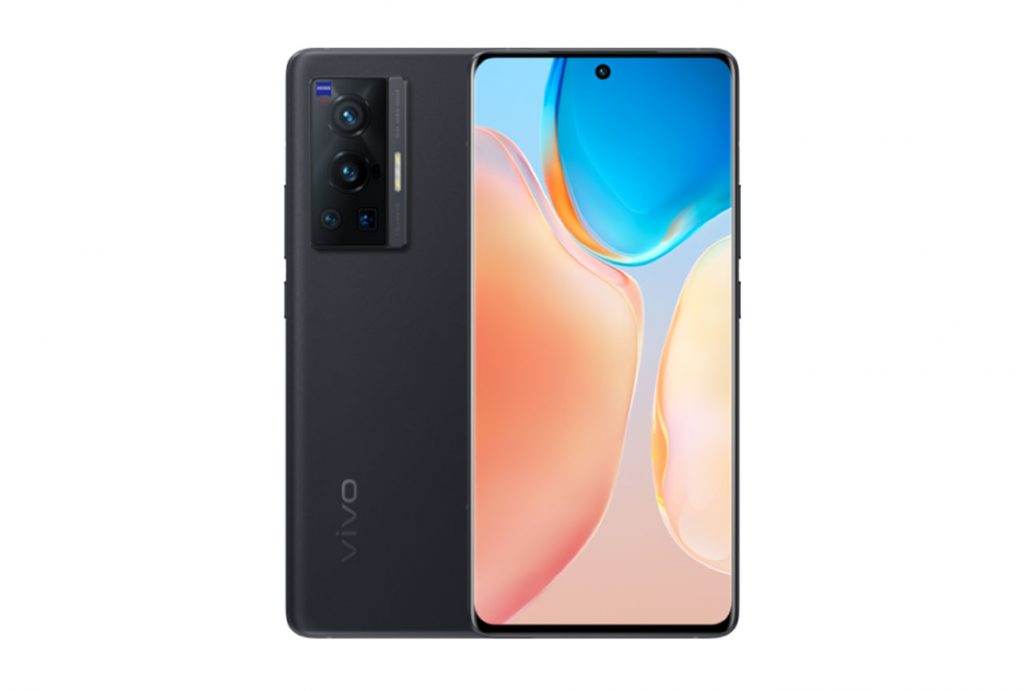Vivo’s 70X line, released last autumn, is the brand’s upgraded flagship offering, and the top entry, the X70 Pro+ has already earned strong reviews for its camera setup in particular. The X70 Pro is less expensive and naturally doesn’t have all the same top-flight features, including the Snapdragon 888+ chipset, but it does have the MediaTek Dimensity 1200 processor, a 120Hz refresh rate on its AMOLED screen, and 44W fast charging.
Vivo doesn’t offer much in the way of details for its audio scheme, but we know the device has one speaker and no 3.5 mm audio jack. Let’s see how it fares in our rigorous audio test protocol.
Key audio specifications include:
-
One speaker, bottom-firing
- USB-C type connection
About DXOMARK Audio tests: For scoring and analysis in our smartphone audio reviews, DXOMARK engineers perform a variety of objective tests and undertake more than 20 hours of perceptual evaluation under controlled lab conditions. This article highlights the most important results of our testing. Note that we evaluate both Playback and Recording using only the device’s built-in hardware and default apps.
(For more details about our Playback protocol, click here; for more details about our Recording protocol, click here.)
Test summary
Scoring
Sub-scores and attributes included in the calculations of the global score.

Vivo X70 Pro (MediaTek)


 198th
198th 56th
56thPlayback
Pros
- Few artifacts noted
Cons
- Thin tonal balance due to a lack of both high- and low-end extension
- Dynamics performance
- Spatial attributes due to being a mono device
Recording
Pros
- Very good signal-to-noise reduction (SNR) in all use cases; very intelligible voices
- Strong spatial performance
- Good recording loudness
Cons
- Lack of brightness in sound
- Background rendition impaired by noise reduction.
- Unnatural background rendition in selfie videos
With an overall Audio score of 51, the Vivo X70 Pro scored slightly better than the X60 Pro+ 5G, but among the devices in our Premium category, this score is among the lowest.
In playback, the Vivo 70X Pro has some notable flaws, and some of those issues are inherent in a device with only one speaker. The timbre is limited because there is little low-end or bass, and high-end is lacking too. The dynamics performance is also subpar, with attack that is round and dull, little punch, and impaired bass precision. The spatial attribute is a particular low point, even considering there’s only one speaker. One bright spot for the Vivo device is the artifacts attribute, where it received a fairly strong score.
As a recording the device, the Vivo X70 Pro fares much better, producing average scores and showing some strength in how well it records in loud environments, as in our electronic music concert use case. It produced good recording loudness, and wideness was a plus in the spatial attribute.
Sub-scores explained
The DXOMARK Audio overall score of 51 for the Vivo X70 Pro is derived from its Playback and Recording scores and their respective sub-scores. In this section, we’ll take a closer look at these audio quality sub-scores and explain what they mean for the user.
Playback

Timbre
Vivo X70 Pro (MediaTek)
54
89
Timbre tests measure how well a phone reproduces sound across the audible tonal range and takes into account bass, midrange, treble, tonal balance, and volume dependency.
The Vivo X70 Pro did slightly better than its predecessor in this attribute, but overall it performed poorly, without much bass or low-end at all and a lack of high-end as well, leaving the tonal balance very high-mid focused and not very pleasant.
The treble is correct in general but lacks high-end extension. The upper part of the spectrum is bounded by high-mids, which tend to be very aggressive, especially at maximum volume. Despite the overemphasis on high-mids and the lack of low-mid warmth, the midrange is correct, especially on voice content.
In terms of tonal balance, the lack of high-end extension results in a lack of brightness, precision, and airiness. The lack of low-end and bass makes the tonal balance seem very thin.

Dynamics
Vivo X70 Pro (MediaTek)
53
81
DXOMARK’s dynamics tests measure how well a device reproduces the energy level of a sound source, and how precisely it reproduces bass frequencies.
Attack is not very sharp or precise, especially at soft volume, where it is dull and rounded. At soft volume, gating cuts transients. At maximum volume, strong compression crushes the attack on high-pitched instruments and high-hats.


The lack of low-end extension impairs bass precision. The sustain and decay of bass lines and chords are imprecise and blurry. Here again, at soft volume, a strong gating effect degrades the bass envelope. Punch is very weak because of a lack of low-end energy and low mids. At maximum volume, punch is impaired by strong compression.

Spatial
Vivo X70 Pro (MediaTek)
21
88
The sub-attributes for perceptual spatial tests include p, balance, distance, and wideness.
The spatial attribute is a particular weak point for the Vivo device. This score is the lowest we’ve given, even among other mono (one speaker) devices.
There is a top speaker, but it seems to only activate during phone calls, so the bottom right-side speaker is the sole source of sound when watching a video or listening to music. One bright note, the Vivo X70 Pro has a decent score for distance because it manages to keep voices at screen position.

Volume
Vivo X70 Pro (MediaTek)
55
91
Volume tests measure both the overall loudness a device is able to reproduce and how smoothly volume increases and decreases based on user input.
The loudness is average at maximum volume. The first volume step is slightly too low.
| Hip-Hop | Classical | |
| Vivo X70 Pro (MediaTek) | 71.3 dBA | 72.4 dBA |
| Vivo X70 Pro+ | 72.4 dBA | 73.8 dBA |
| Oppo Find X3 Lite | 70.6 dBA | 69 dBA |

Artifacts
Vivo X70 Pro (MediaTek)
91
113
Artifacts tests measure how much source audio is distorted when played back through a device’s speakers. Distortion can occur both because of sound processing in the device and because of the quality of the speakers.
The Vivo device scores well in the artifacts attribute. There is some slight compression at maximum volume. As mentioned before, poorly managed use of gating in noise reduction can impair the envelope rendition of bass and transients. Some distortion is noticeable at maximum volume.
Recording

Timbre
Vivo X70 Pro (MediaTek)
72
91
As a recording device, the Vivo X70 Pro turns in a much stronger showing with a score that puts it in average territory. In the timbre attribute, it suffers from a lack of bass, low-mids and treble, which results in a lack of clarity and presence. When rendering voice content, the Vivo device tends to sound dark and canny, but it offers a pleasant, warm sound in high sound pressure level (SPL) scenarios.
In all the use cases, the Vivo X70 Pro lacks treble and high-end extension and tends to sound a bit tinny. In the memo app, the device suffers from a lack of brightness and intelligibility, impairing the rendition of voice content. In life video, the Vivo device produces decent clarity in midrange rendition, but it lacks low end and body. In high SPL environments (like an electronic music concert) the device tends to sound warm, but lacks clarity.
The Vivo X70 Pro produces pretty good bass rendition and is fairly well suited for those high SPL scenarios as it retains relevancy and decent low-end extension.

Dynamics
Vivo X70 Pro (MediaTek)
71
81
Across use cases, the Vivo X70 Pro demonstrates a very good signal-to-noise ratio (SNR) thanks to efficient noise reduction, preserving voices while eliminating unwanted background.
Except when using the memo app, the device produces excellent envelope rendition, improving the intelligibility of voices even in high SPL scenarios, where the Vivo device delivers sharp rendition of attack and great dynamics performance overall. In the memo app, the dynamics performance is impaired by the device’s tonal balance.

Spatial
Vivo X70 Pro (MediaTek)
63
78
In all use cases, the Vivo X70 Pro produces very good wideness. Great localizability and distance rendering helps improve intelligibility of voices.

Volume
Vivo X70 Pro (MediaTek)
46
99
The Vivo X70 Pro produces good recording loudness. Here are our test results, measured in LUFS (Loudness Unit Full Scale); as a reference, we expect loudness levels to be above -24 LUFS for recorded content:
| Meeting | Life Video | Selfie Video | Memo | |
| Vivo X70 Pro (MediaTek) | -27.8 LUFS | -21.6 LUFS | -19.4 LUFS | -22.3 LUFS |
| Vivo X70 Pro+ | -23.1 LUFS | -18 LUFS | -16.7 LUFS | -18.6 LUFS |
| Oppo Find X3 Lite | -28.6 LUFS | -21.4 LUFS | -21.6 LUFS | -21.2 LUFS |

Artifacts
Vivo X70 Pro (MediaTek)
76
97
The Vivo device suffers from slight distortions and even pumping on the loudest contents, such as shouting voices. Background rendition is heavily impaired by phasing, which is instigated by the noise reduction regime. Very few artifacts were noted in the high-SPL use cases.
You can listen for artifacts yourself in this sample recording:

Background
Vivo X70 Pro (MediaTek)
38
60
In life video, the Vivo X70 Pro produces natural background rendition, despite a lack of bass and poor clarity. In selfie video, the background rendition is unnatural.
Conclusion
The Vivo X70 Pro is probably not for those looking for high quality sound from a smartphone. With only one speaker, it starts out at a disadvantage. In playback, its limitations are readily apparent, and a little disappointing at this price point. As a recording device, the Vivo device turns in an average showing, with good functionality in most use cases and especially in high SPL environments.



DXOMARK encourages its readers to share comments on the articles. To read or post comments, Disqus cookies are required. Change your Cookies Preferences and read more about our Comment Policy.